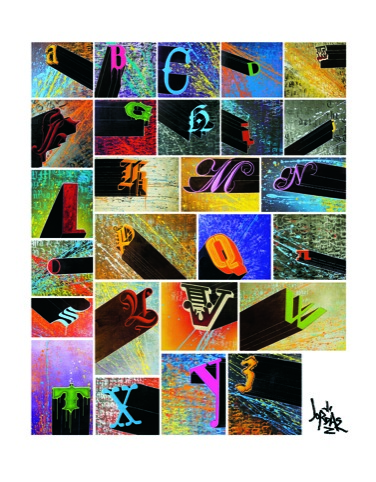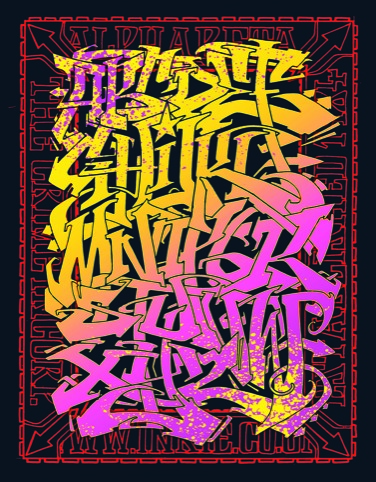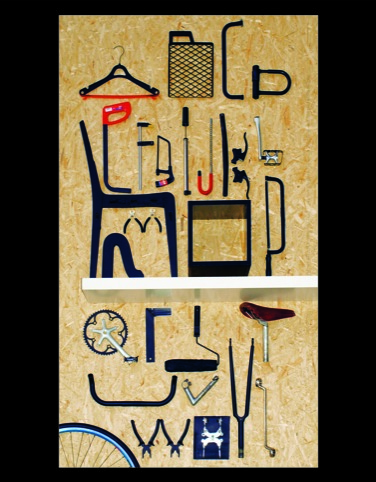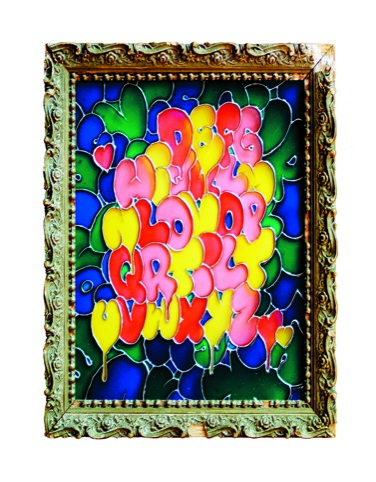Alphabet street
Graffiti artist Claudia Walde commissioned a collection of original lettering to show the world the unsung genius that exists on the street
‘In the career of every graffiti artist, there will be at least one attempt at creating an alphabet,’ says Claudia Walde, who has spent some time collecting together and commissioning graffiti fonts for her new book on the subject, Street Fonts.

Graffiti artists usually stick to just a few letters that they use to tag their work with over and over again. According to UK graffiti artist Inkie, some letters crop up a lot more often than others.
‘The Rs and Ss are really nice to draw, but the extenders at the bottom of some letters like the Y are much harder to get to look right,’ says Inkie. Another troublesome letter is the X. ‘If you style out one side of the X, you have to match that styling on the other. It has a very rigid structure.’

Inkie has contributed an alphabet to the book, which he found a ‘fantastic’ experience. Walde, who is a graffiti artist based in Germany, created the book to expose the unsung genius of artists from all over the world.
‘I really went out and looked for specific styles, contacting people that I liked the look of and asking them to make something,’ says Walde.
Pulling together artists from all four corners of the world, including 123 Klan from Canada, Faith 47 from South Africa and Hera from Germany, Walde found that the work that surprised her most was from Russia.
‘They were really working in their own artistic tradition, which was very clear from the lettering style,’ says Walde. ‘They were taking the Constructivist art style to create 3D shapes in a way that is definitely new’.

Flicking through the book reveals a huge variation in look and feel for these fonts, some of which are painted on walls, others drawn on paper. Walde estimates that around 90 per cent of the alphabets were commissioned for the book. The contributors, some known and some not, did not get paid. ‘I couldn’t afford to pay them, so the ones who wanted payment did not go into the book.’
While the artists may have contributed for glory alone, the book is helping to commercialise graffiti fonts. ‘There are fonts out there that try to look like graffiti but usually they are not very well done, which was another reason why I did this book,’ says Walde.

Inkie, who is now looking for a ‘big wall’ to paint his alphabet on, has already created 50 limited edition prints of the work to sell. The experience has also given him the ambition to set up an agency for graffiti artists to sell their lettering to advertising agencies. ‘Each city has its trademark styles, which we understand and could sell to brands and agencies working in different areas,’ he says.
Street Fonts is published by Thames & Hudson and available now.
-
Post a comment




